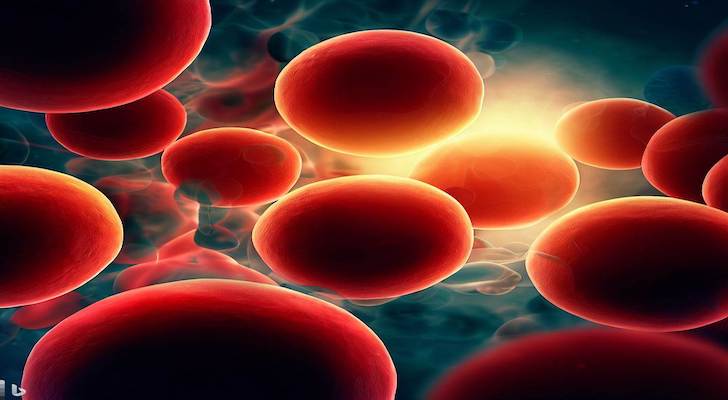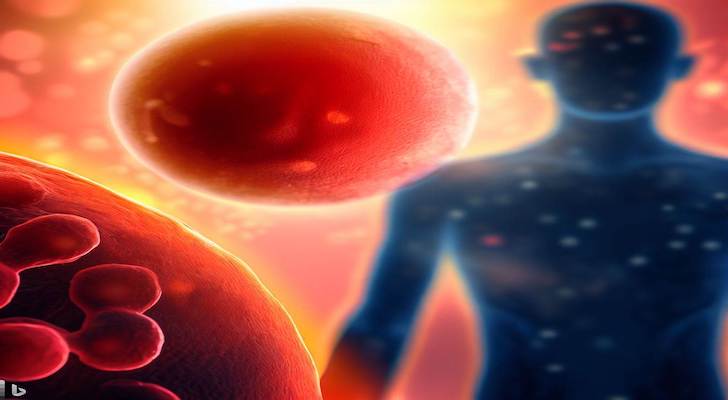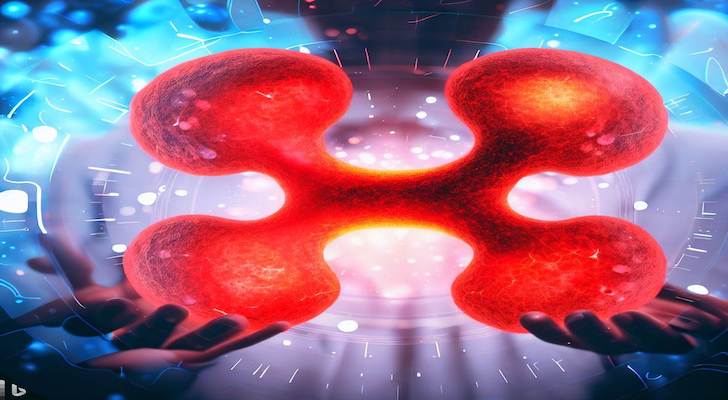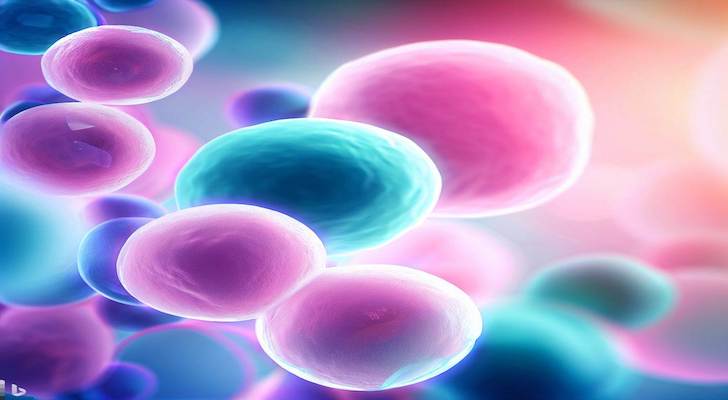Chronic Myeloid Leukemia Symptoms, Prognosis, and Treatment: A Comprehensive Guide

Chronic myeloid leukemia (CML) is a type of cancer that affects the bone marrow and blood. It is a complex condition that requires timely diagnosis and appropriate treatment. In this article, we will delve into the various aspects of CML, including its symptoms, prognosis, and treatment options. By providing a mix of expert knowledge and real-life experiences, we aim to offer valuable information to both patients and their loved ones, while also building a foundation of trust and credibility.

What is Chronic Myeloid Leukemia (CML)?
Chronic Myeloid Leukemia, often referred to as CML, is a type of leukemia that originates in the bone marrow. It is characterized by the excessive growth of abnormal myeloid cells, which are responsible for producing red blood cells, white blood cells, and platelets. This overproduction of cells leads to an accumulation of immature and dysfunctional blood cells, crowding out healthy ones and impairing the body’s ability to function normally.

Chronic Myeloid Leukemia Symptoms:
CML symptoms can be subtle and easily mistaken for other conditions, especially during the early stages. However, it is essential to recognize the warning signs to seek timely medical attention. Some of the common symptoms of CML include:
Fatigue and Weakness: Patients may experience persistent fatigue and weakness due to reduced oxygen-carrying capacity of the blood caused by the abnormal cells.
Unexplained Weight Loss: Unintended weight loss can be a sign of CML, as the cancerous cells can disrupt the body’s metabolism.
Night Sweats: Experiencing excessive sweating at night, even in cool temperatures, can be a symptom of CML.

Abdominal Discomfort: Enlarged spleen or liver due to the accumulation of abnormal cells may cause discomfort or pain in the abdomen.
Bone Pain: CML can cause bone pain, particularly in the long bones like the arms and legs.
Fever and Infections: Patients may have frequent infections and an elevated body temperature.
Easy Bruising and Bleeding: Abnormal blood cells can affect the blood’s clotting ability, leading to easy bruising and bleeding.
Shortness of Breath: Reduced red blood cell count can result in insufficient oxygen supply to the tissues, causing shortness of breath.

Diagnosing Chronic Myeloid Leukemia:
Proper and timely diagnosis of CML is crucial for effective management. Healthcare professionals use a combination of methods to diagnose the condition, including:
Blood Tests: A complete blood count (CBC) helps assess the number and characteristics of blood cells, providing initial clues for further investigation.
Bone Marrow Aspiration and Biopsy: A sample of bone marrow is collected from the hipbone and examined under a microscope to confirm the presence of abnormal cells.
Cytogenetic Analysis: This test identifies the Philadelphia chromosome, a genetic abnormality characteristic of CML.
Molecular Tests: Polymerase chain reaction (PCR) and fluorescence in situ hybridization (FISH) detect specific genetic mutations associated with CML.
Medical Imaging: Imaging techniques like X-rays, CT scans, or ultrasounds help determine the extent of organ involvement and check for an enlarged spleen or liver.

Understanding Prognosis and Staging:
Prognosis refers to the likely outcome of a disease, including the chances of recovery or survival. In CML, the prognosis is influenced by several factors, including the phase of the disease, the patient’s age, overall health, and response to treatment.
Chronic Phase: When CML is diagnosed early and remains confined to the bone marrow, it is considered to be in the chronic phase. Patients in this stage generally have a better prognosis and respond well to treatment.
Accelerated Phase: If CML progresses despite treatment, it may enter the accelerated phase, where the abnormal cells start to multiply rapidly.
Blastic Phase: This is an aggressive and critical phase where CML transforms into a rapidly progressing acute leukemia. It is associated with a poorer prognosis. Staging in CML is based on the number of blast cells in the blood and bone marrow, as well as the size of the spleen. Staging helps determine the appropriate treatment approach.

Treatment Options for Chronic Myeloid Leukemia:
The management of CML involves a combination of targeted therapies, chemotherapy, and bone marrow transplantation. The choice of treatment depends on the phase of the disease, the patient’s age, overall health, and the presence of certain genetic mutations. Common treatment options include:
Targeted Therapy: Tyrosine kinase inhibitors (TKIs) are the mainstay of treatment for CML. Drugs like imatinib, dasatinib, and nilotinib specifically target the abnormal proteins responsible for the growth of cancer cells.
Chemotherapy: In some cases, chemotherapy may be used to reduce the number of cancer cells, especially during the accelerated or blastic phases.
Bone Marrow Transplantation: Also known as stem cell transplant, this procedure involves replacing unhealthy bone marrow with healthy stem cells from a donor.
Clinical Trials: Patients with advanced CML or those who do not respond to standard treatments may consider participating in clinical trials for experimental therapies.

FAQs about Chronic Myeloid Leukemia:
Q: Can chronic myeloid leukemia be cured completely? A: While some patients can achieve long-term remission through targeted therapy or bone marrow transplantation, complete cure is rare. Regular monitoring and adherence to treatment are essential to manage the disease effectively.
Q: Are there any lifestyle changes that can help manage CML symptoms?
A: Yes, maintaining a healthy lifestyle with a balanced diet, regular exercise, and stress reduction can improve overall well-being and complement medical treatments.
Q: Can CML affect children and teenagers?
A: Though CML is more commonly diagnosed in adults, it can affect children and teenagers. However, pediatric CML is relatively rare.
Q: What are the side effects of targeted therapy for CML?
A: Common side effects of targeted therapy include nausea, fatigue, skin rashes, and muscle cramps. Most side effects can be managed with proper medical guidance.
Q: Is genetic testing necessary for CML diagnosis?
A: Yes, genetic testing, including PCR and FISH, is crucial for confirming the presence of the Philadelphia chromosome and guiding treatment decisions.
Q: Can CML patients lead a normal life with treatment?
A: Yes, with effective treatment and regular follow-ups, many CML patients can lead productive lives and enjoy a good quality of life.
